Prepper Uses Of Sawdust
Probably the best thing about an off-grid home is that it kinda forces you to get back on speaking terms with things you wouldn’t do for all the money in the world. If someone had told me 15 years ago that I was I going to split logs, stack manure or making candles out of bacon, I would’ve probably told him that his mom’s a very nice person (not!).
Anyway, ever since I bought this dingy, I learned that the things I once considered as being nasty or beneath me are actually very entertaining and, dare I say, therapeutic to some degree. Of course, shoveling manure can hardly be considered fun, but spending an afternoon splitting logs for a cozy campfire or late-night BBQ is awesome.
On the latter activity – splitting logs and making fires is fun. Cleaning up afterward is not. The only thing that kept me from doing this all day was sawdust. It gets everywhere – I found that stuff inside my boots, my pants, even my skivvies for God’s sake. And no matter how hard you broom or power wash the place, you will still find sawdust piles.
Okay, so cleaning sawdust is not entertaining, but figuring out what to do with that stuff after gathering it, well…still not fun enough for me. I mean, what in Hell’s name can you do with a handful of wood chippings and dust apart from taking it to the thrash? That’s when it hit me.
I remember watching this outdoor cooking show featuring this guy who had the same problem with sawdust. The only difference between us is that he figured out a way to reuse it. His clever workaround was reusing the stuff to cure and smoke meat. Neat, isn’t it? Well, long story made short, I hopped on the Internet and searched for ways to reuse that stuff around the house. And, wouldn’t you know, there is indeed life after death, at least for sawdust. So, without further ado, here are X creative recycle and reuse wood dust.
Making a campfire
Remember about the tinder box? Well, because it can get so lonely for that char cloth of yours, here’s one more thing you can add – fine sawdust. Since this stuff’s the byproduct of woodworking, it’s safe to assume that it can be used to start a fire. However, since sawdust’s very, well, dry, it will need something else to sustain a flame.
On a prepping forum, someone suggested that you can make a briquette out of a bar of wax and a handful of sawdust. It’s very easy – melt the wax in a small pan and add the wood shavings. Stir and allow the mixture to harden. After that, cut it into tinder box-size pieces and profit.
Weed-whacker
A gardener has but four sworn enemies: moles, bad weather, moles, insects, and weeds. Moles can be kept away by sprinkling a bit of wood ash at the base of the plant, while insects go nuts around coffee grounds. There’s nothing you can do about bad weather, though (you can try a rain dance if that makes you feel a little better). But weeds can be dealt with by using sawdust. After planting your veggies, place a thin layer of sawdust on top.
Veggies don’t mind wood chippings; weeds, on the other hand, won’t go near that stuff. I don’t know the science behind this claim, but I’ve read somewhere that it has something to do with inhibiting the weed’s natural parasitic properties. Tried it a couple of times in my garden, and it works like a charm. You can also use some of this stuff in those cracks that appear on your driveway.
Pulling a fast one on a drunk friend
I don’t think there’s anything more disturbing than waking up butt-naked outside during the winter. If you want to pull a fast one on someone’s who got sauced at your party, get some sawdust, spray-paint it white, lay it outside, and carry your bud then. Well, this may not be your typical SHTF use, but at least it makes for a great YouTube video.
Dealing with oil spills
Probably most of you have attempted at least once to fix your car in the garage. The operations might have gone well, but the same thing cannot be said about the floor, which is covered in motor oil. Power washing the floor won’t work. Trust me. I think I’ve used up more water than two hospitals trying to clean one tiny spill.
To quickly get rid of that thing, sprinkle some sawdust over it. In a couple of minutes, the sawdust will absorb all the oil. All you need to do now would be to use the power blower to get rid of the oil-soaked sawdust pile.
Make neat garden or forest paths
If your home’s next to the forest, there’s bound to be a place of interest nearby – a creek, rock with peculiar features, an old tree, perhaps even a cave. Wouldn’t it be nice to have a nice path leading to it, instead of relying each time on markings or memory? Well, you can do that using sawdust, sand, and a couple of river rocks. Start by choosing you rocks – they should be flat and smooth because you wouldn’t want to hurt your feet now, would you?
The path should be at least one-and-a-half meters in width which mean that you’ll need to use at least three small and flat rock or two big ones. Figure out just how many rocks the path will require before heading off into the forest to scavenge for materials.
Use a hoe or an implement with a flat head to trace the path from your garden to the place of interest. After that, add a think layer of sand and a layer of sawdust on top – this combo will allow you to them the river rocks easier. Finally, arrange the rocks, place some tiki torches on either side of the path for mood, and you’re done.
Extra fertilization!
Plants don’t have enough yum-yum to grow? Try a little bit of sawdust. Here’s what I like to do about pretentious veggies – in a plastic bucket, put one full shovel of manure, two shovels of organic compost, and half a kilogram of sawdust. Add some water and mix with something (I usually end up putting some surgical gloves on because it’s easier to mix that stuff with your hands). When you’re done, pour that mix over your veggies of choice and wait to see what happens.
Sawdust’s also a great and eco-friendly way to combat soil erosion. Some gardeners even use it for mulching. Word of warning though – if you plan on using sawdust in conjunction with manure and compost, avoid walnut trees. Apparently, walnut wood contains a substance that kills plants without discrimination.
For when nature calls
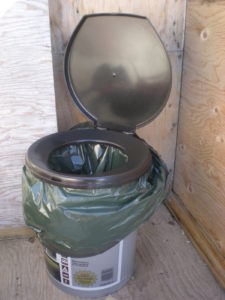
Well, these are shitty times, which means that we always have to ensure that there’s at least one functional toilet around the house. This is not a problem for those of use leaving close to the woods, but what do you in case your city toilet gets clogged, or the water pump fails? Sure, you could go to a friend or neighbor’s house for number 2 or number one, but that’s hardly what I would call a solution. In the immortal words of Bear Grylls: adapt, overcome, and…. make a portable shitter.
It’s very easy to build one. Best of all, you’ll only need things that are usually found around the house. Here’s how to do it. Take a big plastic bucket and saw the top off. Get a second smaller bucket, and place it inside the bigger one. Fill the smaller one with a mixture of sawdust, kitty litter, and perhaps something to wish away the nasty smell. Now, go around the house and search for an old toilet seat and a plastic ring.
The latter should be thin enough to slide in the narrow gap created by the two buckets. Use some epoxy to glue the plastic ring to the bottom part of the toilet seat. Congrats! You’ve just built your first portable emergency toilet. When the potty fills up, take out the second bucket, discard in the compost pile or heavy-duty garbage bag, and refill with sawdust and kitty litter.
Using as bedding for your cats and dogs
If you’re unable to get to the pet shop, you can use sawdust to fill your cat’s\dog’s poopy box. It may not be pretty, and your cat will surely have the murderous gaze in its easy, but at least your pet will not go number two on the carpet or bathroom tiles.
Provides extra traction
As you know, many counties made winter traction kits mandatory for drivers. A good thing too, because getting snowbound isn’t exactly relaxing. If you want to add more kick to your winter traction solution, try this trick. In a bag or bucket mixt kitty litter, sand, rock salt, and sawdust. It’s a great combo – litter, sawdust, and sand will provide you with extra traction while salt makes the snow melt.
Patching holes in woodwork
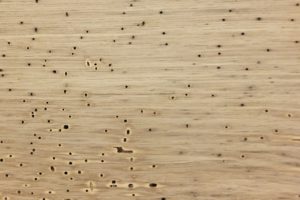
I was more than thrilled about my new home away from home. Mostly because I managed to convince the former owner to go way below the initial price. Well, long story short, there was a reason why the guy did this – the entire living room carpentry was full of holes as if someone had been using the walls for target practice or something. Obviously, the thing cost me a pretty penny, and I didn’t have much left to repair the walls. However, a fellow prepper told me that I could use sawdust to temporary fill the holes.
Yes, I know it was a piss-poor job, but at least the living room didn’t look like Swiss cheese. If you’re having the same problem, here’s what you will need to do – put a small amount of epoxy inside each hole. After that, take a handful of sawdust and fill the hole. Allow the glue to harden. Finally, give that wall a fresh coat of paint and, voila, no more holes.
Grow your own mushrooms
Remember my article about using coffee grounds to grow mushrooms? Well, there’s another way to grow a yummy-yummy batch of shrooms. The trick is to use Eastern Red Cedar sawdust. This might come as good news for people who have no love for coffee. Or for those who prefer coffee capsules over the regular variety.
The procedure’s more or less the same as in the case of using coffee leftovers. Get a plastic bucket, put some fresh dirt into it, add a handful of sawdust, add some stuff from your compost pile, mix, add some mushroom seeds, and store into a damp place. You’re welcome!
Well, that’s it on how to recycle sawdust. Do you have other ways in mind? Hit the comments section and share your thoughts with the rest of the community.
Probably the best thing about an off-grid home is that it kinda forces you to get back on speaking terms with things you wouldn’t do for all the money in

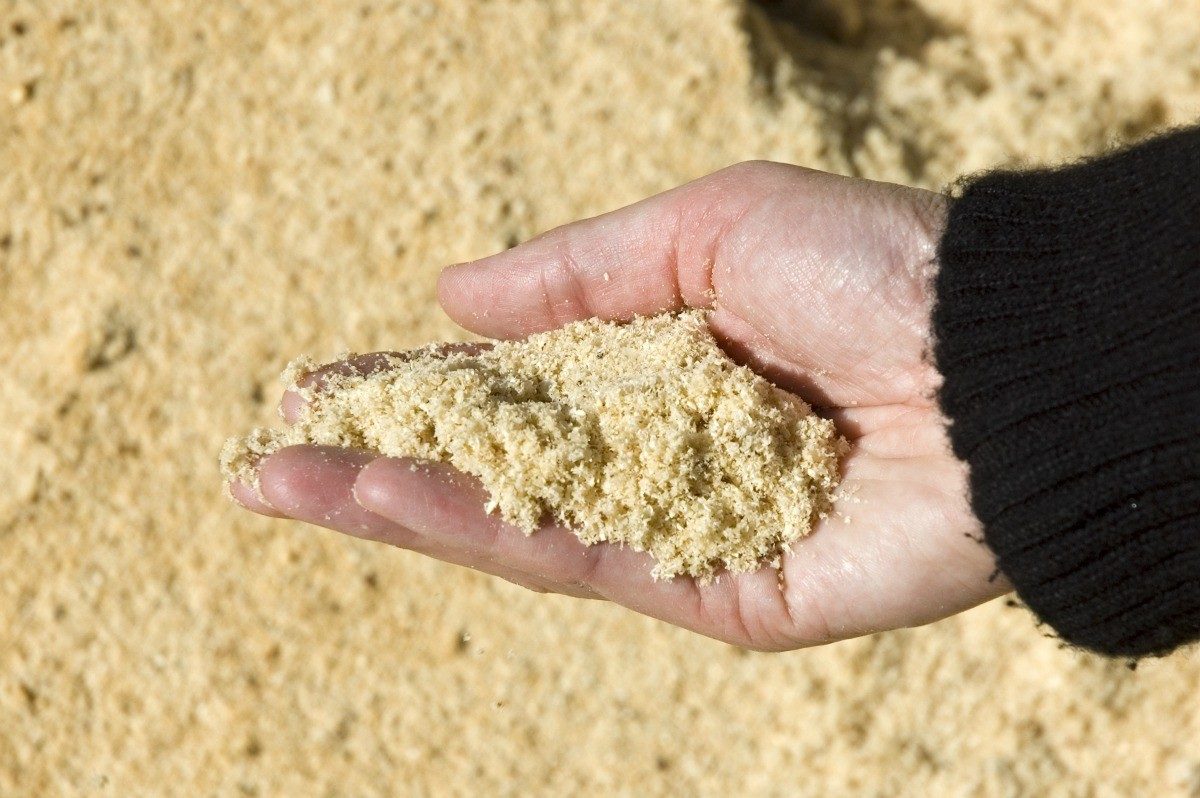
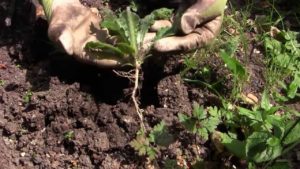
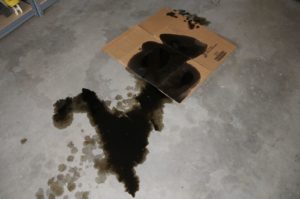
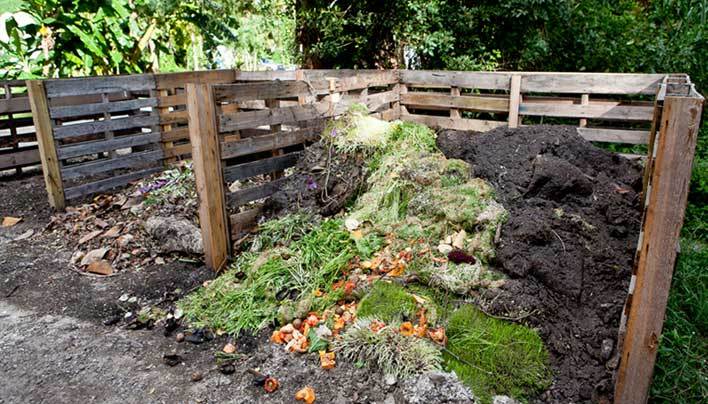

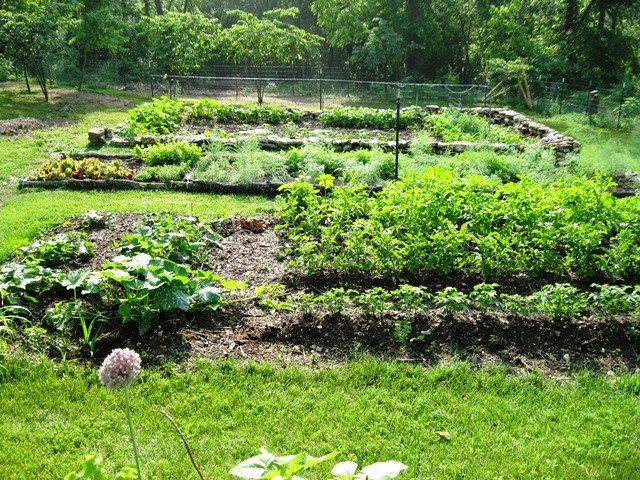

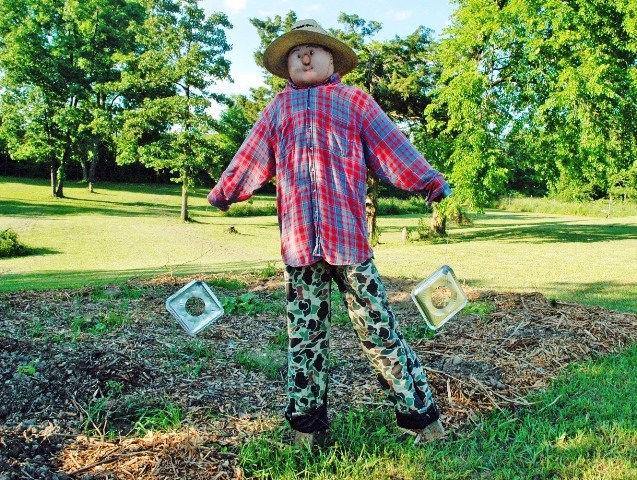 Any farmer can tell you that animal manure varies in potency by the animals’ diet. The book recommends not letting early springtime weeds go to waste as they pop up in fencerows or alongside buildings. Cut those nutritious weeds and feed them to your animals. You’ll be rewarded for your effort.
Any farmer can tell you that animal manure varies in potency by the animals’ diet. The book recommends not letting early springtime weeds go to waste as they pop up in fencerows or alongside buildings. Cut those nutritious weeds and feed them to your animals. You’ll be rewarded for your effort.